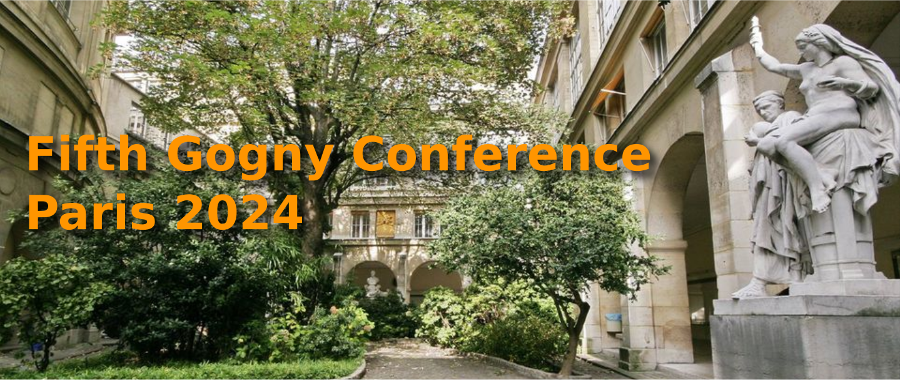Speaker
Description
The compound nucleus theory plays the central role in calculating nuclear reaction processes at relatively low energies, and the statistical treatment for the compound resonances leads to the so-called Hauser-Feshbach theory with width fluctuation correction. The Hauser-Feshbach theory is particularly important for providing reliable nuclear reaction data not only in nuclear technology development but also fundamental science development such as astrophysics. The theory of Hauser and Feshbach is to replace the average compound decay width by the optical model transmission coefficient, and the imposed unitarity gives rise to reduction in the cross sections for all the $a \ne b$ channels due to the elastic enhancement. The statistical properties of the compound nucleus reaction can be studied by a stochastic S-matrix that includes Gaussian Orthogonal Ensemble (GOE) in the propagator. This also allows us to study the average S-matrix behavior when strongly coupled channels exist. In addition to the main framework of the Hauser-Feshbach model, practical calculations often require detailed knowledge of nuclear structure too, which might be informed by measurements or theoretical predictions. The theoretical modeling for nuclear structure includes a wide spectrum of fully microscopic approaches to phenomenological models. In this talk, we present recent progress in the statistical compound nucleus theory, and applications to nuclear data in various nuclear technology fields.

